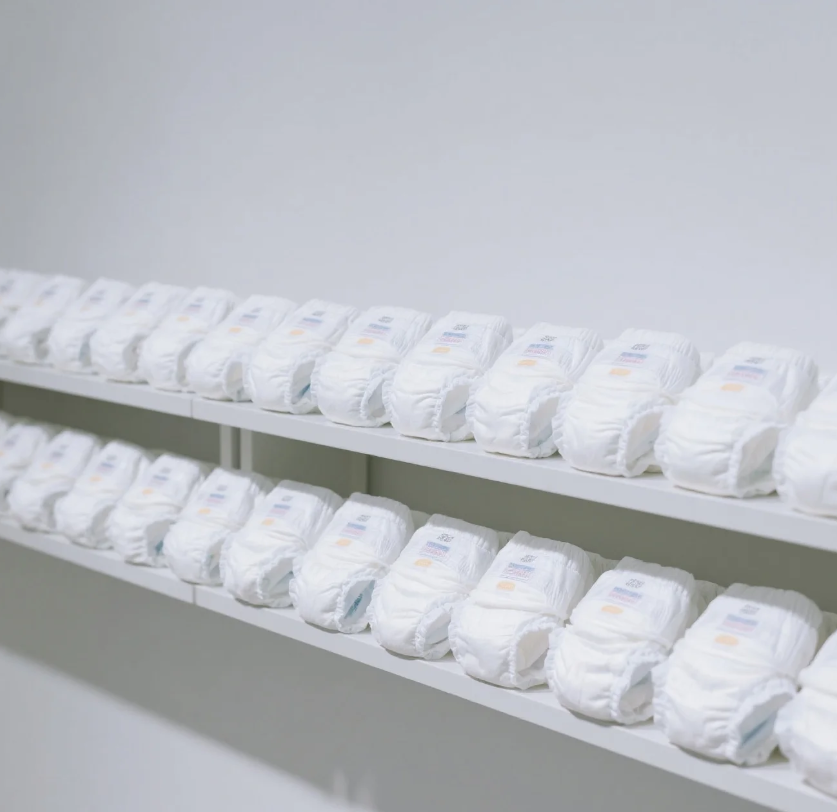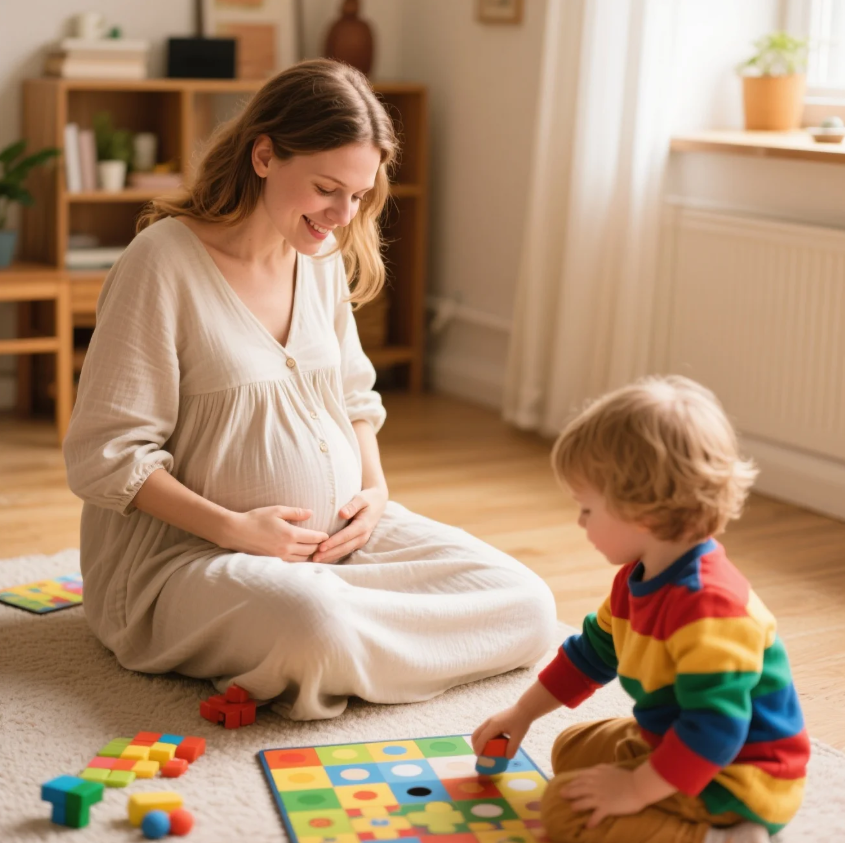There’s something magical about holding a newborn in your arms — their tiny fingers, the gentle cooing, that unmistakable baby scent. But along with the charm of early parenthood comes an avalanche of choices. One of the first dilemmas parents face is what diaper to use. Not just what brand, but what kind. As conversations around sustainability grow louder, many families are turning their attention toward eco-friendly diapers. But navigating this new world can be confusing and even a little intimidating. After all, the stakes are high — it’s about protecting your baby’s skin and the planet they’ll inherit.
When my daughter Mia was born, I remember standing in the baby aisle, overwhelmed by the towering stacks of diaper boxes. Some promised 12-hour dryness, others boasted plant-based cores, and a few claimed to be 100% biodegradable. I picked the one with the softest-looking baby on the box, but it wasn’t long before I realized that softness on the package didn’t mean softness on the environment. That diaper brand alone would contribute thousands of non-biodegradable pieces to landfills over the course of Mia’s first year.
Switching to an environmentally friendly diaper was one of the first major decisions I made as a parent, driven by a mix of guilt, hope, and love. But let’s be honest — not all green diapers are made equal. Some leak at the worst possible times (yes, that wedding moment), others feel rough, and a few cost more than your weekly grocery bill. So how do you balance comfort, cost-effectiveness, absorbency, and a genuine commitment to sustainability?
One of the most critical things I learned is to read past the buzzwords. Terms like “natural,” “non-toxic,” or “hypoallergenic” sound comforting but often mean very little without certifications. Look for phrases like “chlorine-free processing,” “plant-based materials,” “compostable diaper liners,” and “FSC-certified pulp.” These keywords aren’t just for marketers — they represent a product that’s been put through higher standards, both ethically and environmentally. For example, when a diaper is made with FSC-certified wood pulp, it means the trees were harvested responsibly, supporting reforestation efforts and biodiversity 🌳.
Then there’s the consideration of what’s touching your baby’s skin 24/7. Many traditional diapers contain phthalates, fragrances, and latex — ingredients that have been linked to skin irritation and even long-term health concerns. With eco-friendly options, particularly those made with organic cotton, bamboo fiber, or sugarcane-derived biofilm, you can significantly reduce your baby’s exposure to these chemicals. One evening, after a few days of experimenting with a conventional brand, Mia developed a bright red rash that refused to budge. A friend suggested switching to a bamboo-based diaper. Within 48 hours, her skin was back to its creamy best — no ointments, just a better diaper.

Of course, no diaper conversation is complete without tackling the absorbency issue. Let’s face it — a leaky diaper is every parent’s nightmare, especially during those 3 a.m. feedings when all you want is to stumble back into bed. There’s a misconception that eco-friendly diapers can’t match the absorbency of their mainstream counterparts. While some early brands struggled with this, modern sustainable diaper companies have seriously stepped up their game. The use of advanced core technology — often combining plant-based absorbents with biodegradable polymers — means today’s green diapers are as dry and dependable as they are eco-conscious. A camping trip we took last summer, with no access to our usual changing stations, proved just that. Our compostable diapers held up beautifully through bumpy hikes, unexpected naps, and messy meals under the stars ⛺.
Financially, I’ll admit, the switch can sting at first. A package of high-quality eco-friendly diapers can cost more than traditional ones. But when we started calculating the long-term benefits — fewer doctor visits for skin issues, less laundry from blowouts, and a smaller carbon footprint — the numbers began to balance. Plus, many sustainable diaper brands now offer subscription services or bulk discounts that make them more accessible for everyday families. I still remember the thrill of getting that first neatly packed box delivered to our doorstep, filled with soft, breathable diapers in playful, minimalist designs. It felt like more than a purchase — it felt like a promise to do better.
Another angle often overlooked is the impact of diaper waste management. Even if a diaper is biodegradable, it often needs the right conditions to break down — something not always available in city landfills. That’s where composting services come in. In some cities, diaper composting programs have begun to flourish. Parents collect used eco-diapers in compostable bags, drop them off at designated locations, and voilà — what was once trash becomes nutrient-rich soil. I was skeptical at first, but after seeing how our local service handled the process, it became a routine I looked forward to, like a weekly badge of quiet environmental activism 🌱.
Many families are also exploring hybrid diapering — combining cloth diapers with disposables. We tried cloth during daytime hours when we were mostly at home and used biodegradable disposables for nights and outings. This balance helped us cut down on waste without sacrificing convenience. It reminded me of how my grandmother used to do laundry with a bucket and washboard — she didn’t have modern eco-labels, but she understood reuse and thriftiness long before it was trendy.
The truth is, being a modern parent means navigating a sea of choices that often feel impossibly contradictory. You want convenience, but not at the expense of the Earth. You want safety, but without the overwhelm of scientific jargon. Eco-friendly diapers aren’t just a niche product anymore — they’re part of a larger shift in how we raise children in a more conscious, responsible world. And like any shift, it comes with trial, error, and growth.
At the heart of it all is the simple desire to give our children a better future. It’s in the way we warm their bottles, soothe their cries, and yes — choose what goes on their tiny bottoms. Every diaper change becomes a small act of intention, a moment where love meets responsibility. And while no solution is perfect, embracing more sustainable options is a step, a powerful one, toward a cleaner, kinder world.
That journey started in aisle five for me, confused and sleep-deprived, clutching a newborn and wondering how I’d ever make the right choices. Today, it continues in compost bins, midnight changes, and shared stories with fellow parents on the same path. Because when we choose diapers that are gentle on both baby and Earth, we’re doing more than cleaning up messes — we’re planting seeds of hope 🌼.



